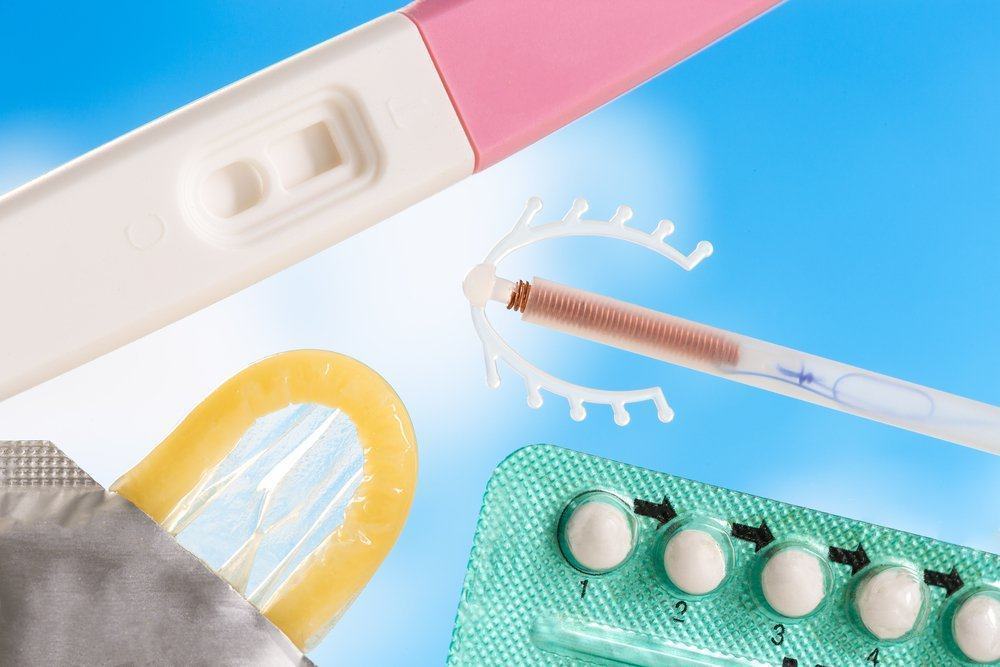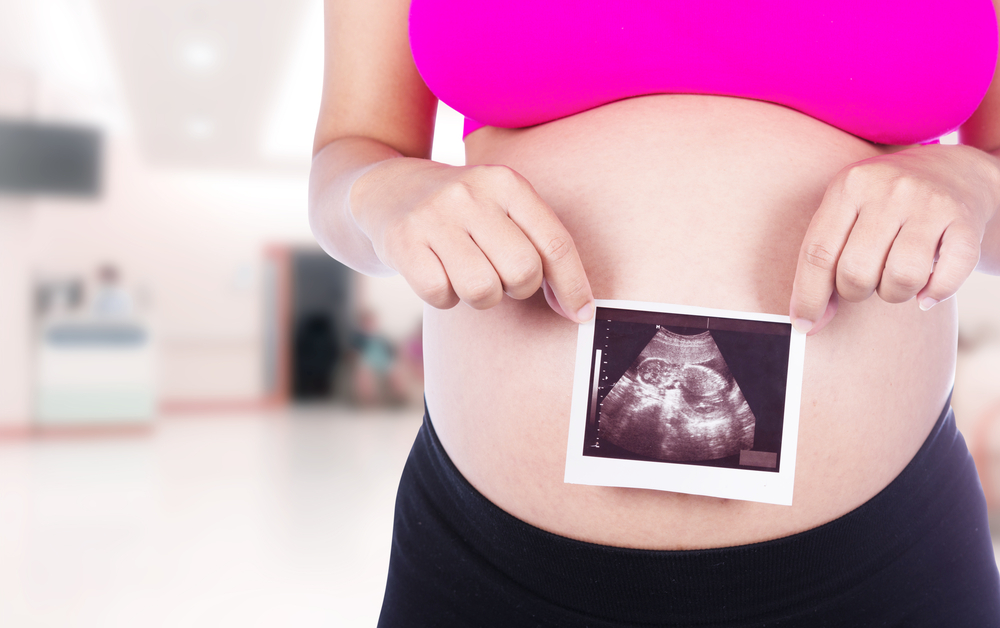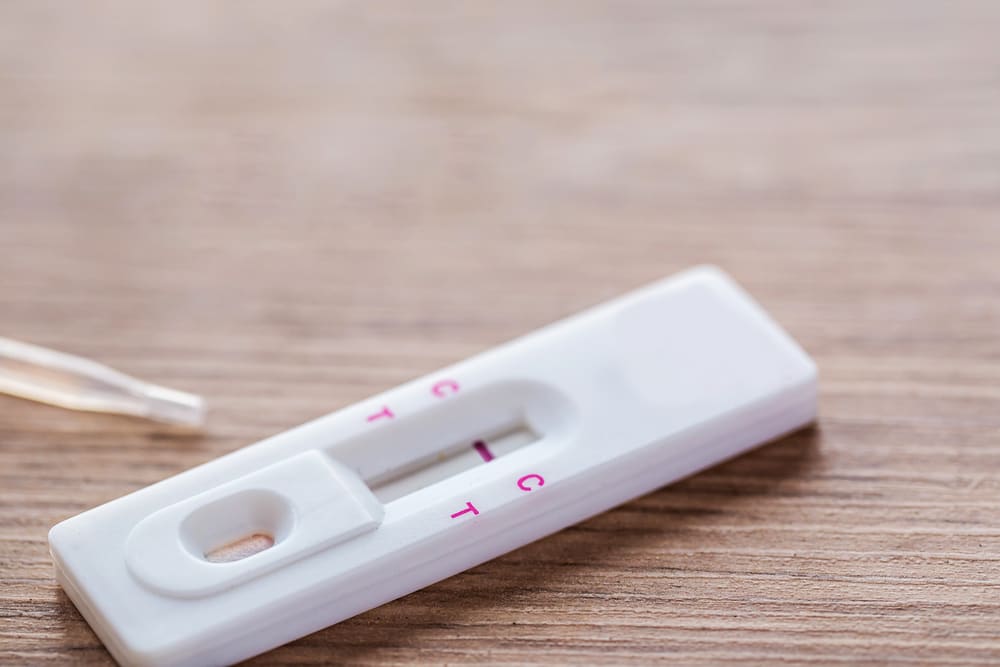Contents:
- Medical Video: Female Birth Control Options | Family Planning
- Hormonal contraception
- 1. Progestin and estrogen combination birth control pills
- 2. Progestin birth control pills
- 3. IUD KB device (Intra-Uterine Device)
- Physical barrier contraceptive method
- 1. Condoms
- 2. Spermicide
- 3. Diaphragm
- Natural contraception
- 1. Calendar KB system
- 2. Breastfeeding
- Permanent contraception
Medical Video: Female Birth Control Options | Family Planning
In sexually active women, pregnancy in the first year can reach 90% if not using KB or contraception. Some women postpone pregnancy for various reasons, such as education, career, finance and others. Choosing the right contraceptive can help women to delay pregnancy.
Most contraceptive methods are effective if used correctly. Contraceptive failure can be caused by many things, either because of misuse, missed or irregular use, or because the method itself is not effective. The choice of family planning method must be tailored to the needs of the couple, along with contraceptive methods that are often used.
Hormonal contraception
Hormonal contraception generally contains a combination of progestin & estrogen, or progesterone only. These contraceptives are available in various forms, birth control pills, birth control injections, implants, patches, and vaginal rings.
1. Progestin and estrogen combination birth control pills
Advantages:
- Reduces bleeding during menstruation
- Reducing PMS symptoms
- Make your menstrual cycle more regular
- Increase bone density
- Reducing the risk of ovarian & endometrial cancer, stroke, salphingitis, rheumatism
Deficiency:
- Increases the risk of hypertension and cardiovascular disease
- Weight gain
- Can interfere with milk production
- Does not reduce the risk of sexually transmitted infections
Methods that use a combination of hormones are pills, injections, patches, vaginal rings. What are the advantages and disadvantages of each?
- Birth control pills: must be taken every day, do not interfere with the comfort of sex.
- KB injections: once a month injections.
- KB patch: easy to use, waterproof, does not interfere with sex, can cause skin irritation.
- Vaginal ring: easy use, replaced once every month, relatively more expensive, side effects can occur such as inflammation or vaginal discharge.
2. Progestin birth control pills
Advantages:
- Does not cause side effects of hypertension and cardiovascular disease
- Does not interfere with milk production
Deficiency:
- Weight gain
- Irregular menstrual cycles
- Does not reduce the risk of sexually transmitted infections
Methods that use progestins are pills, injections, implants. What are the advantages and disadvantages?
- Pills: must be taken at the same time every day.
- Injections: injections every 3 months.
- Implant: effective for a long period of time, pain can occur at the installation site.
3. IUD KB device (Intra-Uterine Device)
An IUD is a device shaped like the letter T that is inserted into the uterus, sometimes leaving a little thread in the vagina to indicate the position of the IUD. There are 2 types of IUDs, namely IUDs containing copper and hormones. Copper IUDs can be used for up to 10 years, while hormone IUDs are only up to 5 years, some women feel abdominal cramps in the use of copper IUDs.
Advantages:
- Is a method of "use and forget". Easy to use, and after installation women do not need to bother for everyday as in the use of birth control pills
- Is a long-term method.
- Does not interfere with fertility, after being released, fertility can return quickly.
Deficiency:
- The position of the IUD can shift.
- Not comfortable for women, also for men when they are in contact because there are leftover threads in the IUD.
- Side effects can occur such as cramps and bleeding during more menstruation.
Physical barrier contraceptive method
1. Condoms
Condoms can be used in men and women. The effectiveness of condoms in preventing pregnancy increases especially after adding spermicidal lubricants to condoms.
Advantages:
- Can prevent transmission of venereal disease
- Practical and easy to use
Deficiency:
- In some people, allergies can occur due to condom-making ingredients
- Can only be used once
- Use must be appropriate because risks can arise regardless
2. Spermicide
Spermicide is a chemical that can damage sperm. Spermicide can be in the form of cream, jelly, foam or suppository.
Advantages:
- An alternative for women who want temporary protection.
- Can be obtained easily.
Deficiency:
- A short period of protection, its effectiveness decreases if it exceeds one hour of use.
- Does not prevent transmission of venereal disease.
3. Diaphragm
The diaphragm is usually made of latex or silicon, in a circular shape like a dome and serves to prevent sperm from entering the uterus.
Advantages:
- Can be used with spermicide to increase its effectiveness.
- Can be used repeatedly.
Deficiency:
- A diaphragm that is too large can make you feel uncomfortable, while those that are too small can risk being released or moving positions.
- Can cause irritation.
Natural contraception
Some couples do not use the contraceptive method above due to various factors, such as religion, culture, or family. The choice methods that can be done include:
1. Calendar KB system
This method uses a calculation of a woman's fertile period, and avoids having sex during the fertile period.
Advantages:
- Cheap.
- Do not use tools or hormones.
Deficiency: Less effective, the failure of this method in the first year reached 20%.
2. Breastfeeding
In mothers who breastfeed their children exclusively, fertilization cannot occur during the first 10 weeks, so pregnancy can be prevented.
Advantages: Same as a calendar system.
Deficiency: Less effective. Usually couples who use this method wait for the first menstruation after giving birth to stop having sex, even though the conception period occurs before menstruation.
Permanent contraception
Permanent contraception or sterilization is an option for couples who do not want to have more children. In women, techniques that can be done are tubectomy, tubal ligation, tubal implants, and tubal electrocoagulation. Whereas in men can be done vasectomy.
Advantages:
- Very high effectiveness in preventing pregnancy
- No need for additional tools or hormones
Deficiency:
- Costs are relatively more expensive than other methods
- Risk of complications in the form of bleeding or infection
- Does not reduce the risk of transmission of venereal disease
The choice of contraception to prevent pregnancy is an option that must be decided together with the partner. It should be considered whether the couple still wants to have children or not, when the couple wants to have another child, whether the mother is breastfeeding or not, or is there a particular disease in women that can be made worse by contraception. Also consider the price and practicality of each method.












